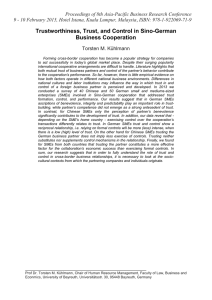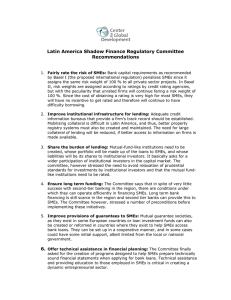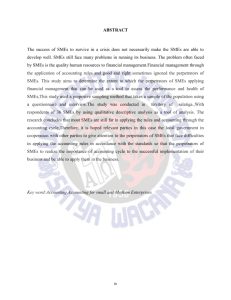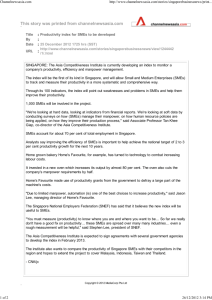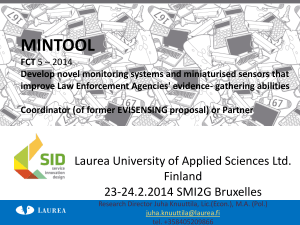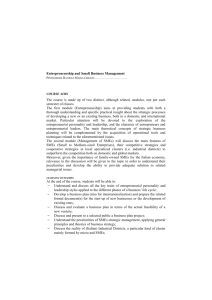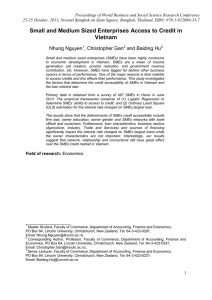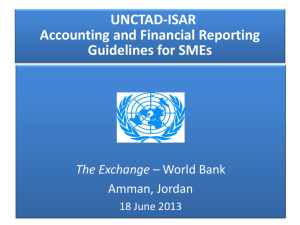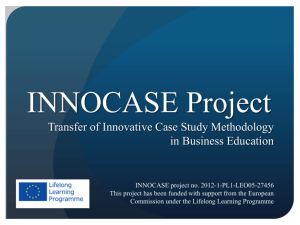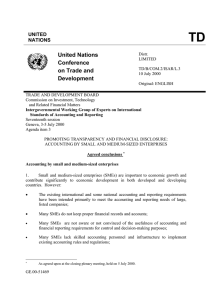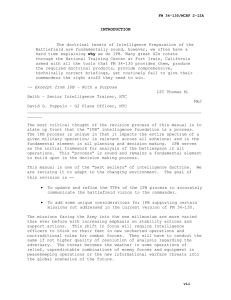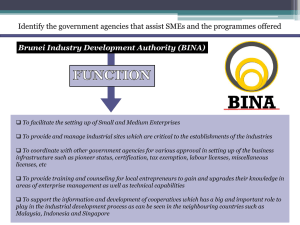Bridging the Gap between Organizations Policies and the Network
advertisement
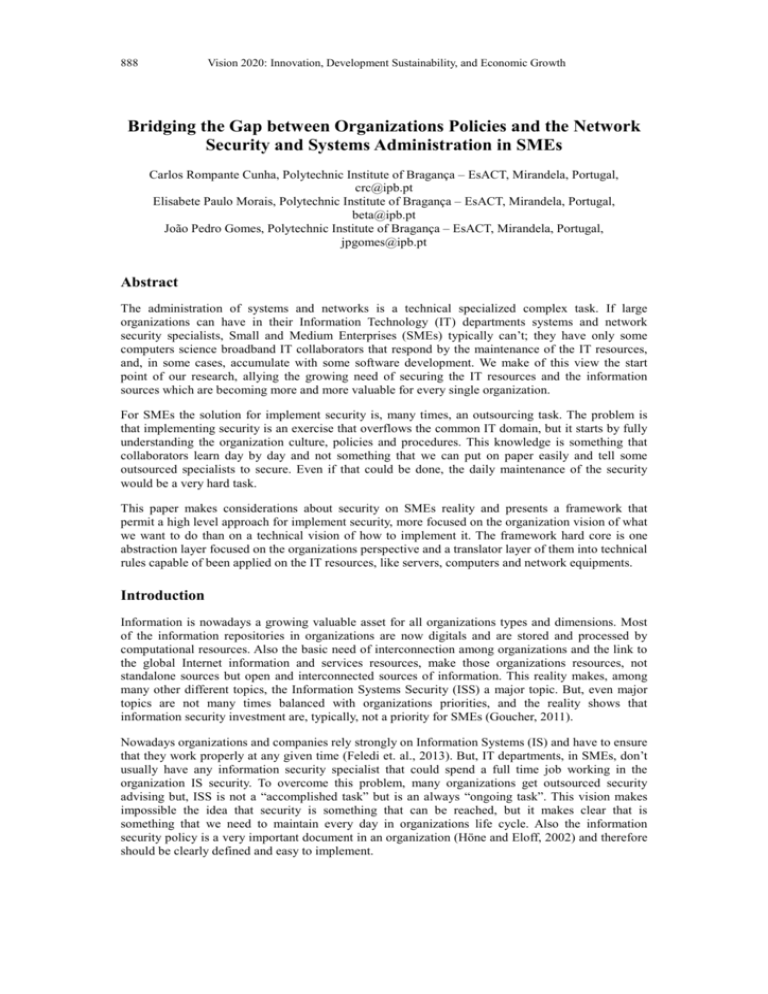
888 Vision 2020: Innovation, Development Sustainability, and Economic Growth Bridging the Gap between Organizations Policies and the Network Security and Systems Administration in SMEs Carlos Rompante Cunha, Polytechnic Institute of Bragança – EsACT, Mirandela, Portugal, crc@ipb.pt Elisabete Paulo Morais, Polytechnic Institute of Bragança – EsACT, Mirandela, Portugal, beta@ipb.pt João Pedro Gomes, Polytechnic Institute of Bragança – EsACT, Mirandela, Portugal, jpgomes@ipb.pt Abstract The administration of systems and networks is a technical specialized complex task. If large organizations can have in their Information Technology (IT) departments systems and network security specialists, Small and Medium Enterprises (SMEs) typically can’t; they have only some computers science broadband IT collaborators that respond by the maintenance of the IT resources, and, in some cases, accumulate with some software development. We make of this view the start point of our research, allying the growing need of securing the IT resources and the information sources which are becoming more and more valuable for every single organization. For SMEs the solution for implement security is, many times, an outsourcing task. The problem is that implementing security is an exercise that overflows the common IT domain, but it starts by fully understanding the organization culture, policies and procedures. This knowledge is something that collaborators learn day by day and not something that we can put on paper easily and tell some outsourced specialists to secure. Even if that could be done, the daily maintenance of the security would be a very hard task. This paper makes considerations about security on SMEs reality and presents a framework that permit a high level approach for implement security, more focused on the organization vision of what we want to do than on a technical vision of how to implement it. The framework hard core is one abstraction layer focused on the organizations perspective and a translator layer of them into technical rules capable of been applied on the IT resources, like servers, computers and network equipments. Introduction Information is nowadays a growing valuable asset for all organizations types and dimensions. Most of the information repositories in organizations are now digitals and are stored and processed by computational resources. Also the basic need of interconnection among organizations and the link to the global Internet information and services resources, make those organizations resources, not standalone sources but open and interconnected sources of information. This reality makes, among many other different topics, the Information Systems Security (ISS) a major topic. But, even major topics are not many times balanced with organizations priorities, and the reality shows that information security investment are, typically, not a priority for SMEs (Goucher, 2011). Nowadays organizations and companies rely strongly on Information Systems (IS) and have to ensure that they work properly at any given time (Feledi et. al., 2013). But, IT departments, in SMEs, don’t usually have any information security specialist that could spend a full time job working in the organization IS security. To overcome this problem, many organizations get outsourced security advising but, ISS is not a “accomplished task” but is an always “ongoing task”. This vision makes impossible the idea that security is something that can be reached, but it makes clear that is something that we need to maintain every day in organizations life cycle. Also the information security policy is a very important document in an organization (Höne and Eloff, 2002) and therefore should be clearly defined and easy to implement.

